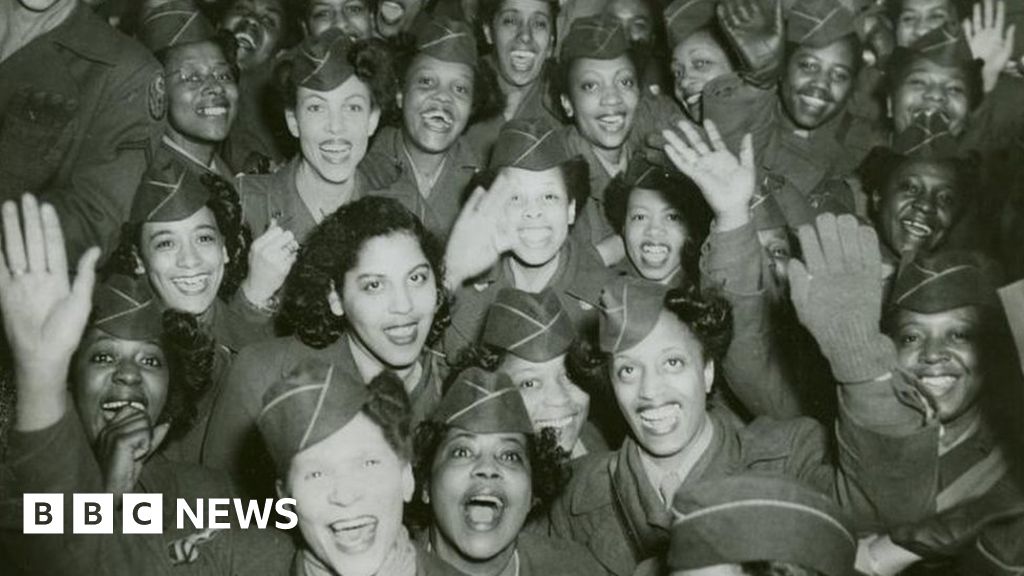A Pathe newsreel link of women war workers of Birmingham on parade by the Town Hall/Council House. Viv.
https://m.youtube.com/watch?feature=youtu.be&v=QsmSnO9T3I0
https://m.youtube.com/watch?feature=youtu.be&v=QsmSnO9T3I0
i agree chris and there are so many articles that do not put the names of people that are in the photographs...What a great picture! Someone's mothers, grandmothers...... It's such a shame that, despite the power of social media, so many subjects of images like this never ever get spotted and identified.
Chris

As far as I remember some women were from Ireland, A family we knew, who lived in Hall Green, had an Irish girl - from the Republic - as a lodger. She worked in a factory - her name was Bridie.Agree Chris. The only thing that I can add to this is whether the building was the later Remploy building. If so it was on the Soho Road. I remember Remploy was next to the ‘Labour Exchange’ and opposite the later multi-storey DHSS building.
So it makes me wonder were these women/girls those who’d signed up for war work at their local labour exchange ? And perhaps they were local girls. There’d have been plenty of war work relatively nearby; munitions etc.
Viv.



I had to read that caption twice! The girls are stitching the wing of an aeroplane!
I learn something every day on the Forum. I knew the wings were fabric but I didn't know how it was done,
rosie.
I don't think it is a Birmingham factory. The latticework visible looks like the wing of an aircraft of geodetic construction, probably a Vickers Wellington since the earlier Wellesley had long gone out of production by 1940. The wing and fuselage of the Wellington were covered by fabric. Wellingtons were built at Weybridge, Broughton and Blackpool.I suspect that whatever aircraft type they were working on, it would be one which was fairly quickly superseded by more modern types. We are talking here mainly about WW1 technology - obviously still around and probably used for quite a long period in some aircraft designs, for example for tail fins and tail planes. But, I would have thought, increasingly rarely on wings, apart from perhaps isolated, small areas. It would need somebody who knows a bit about 1940s aircraft design to tell us.
In the absence of that knowledge I wonder where that image was taken. A candidate would be Longbridge and, at that time, manufacture of the Fairey Battle aircraft whose production life didn't last for very long into the war.
Chris

